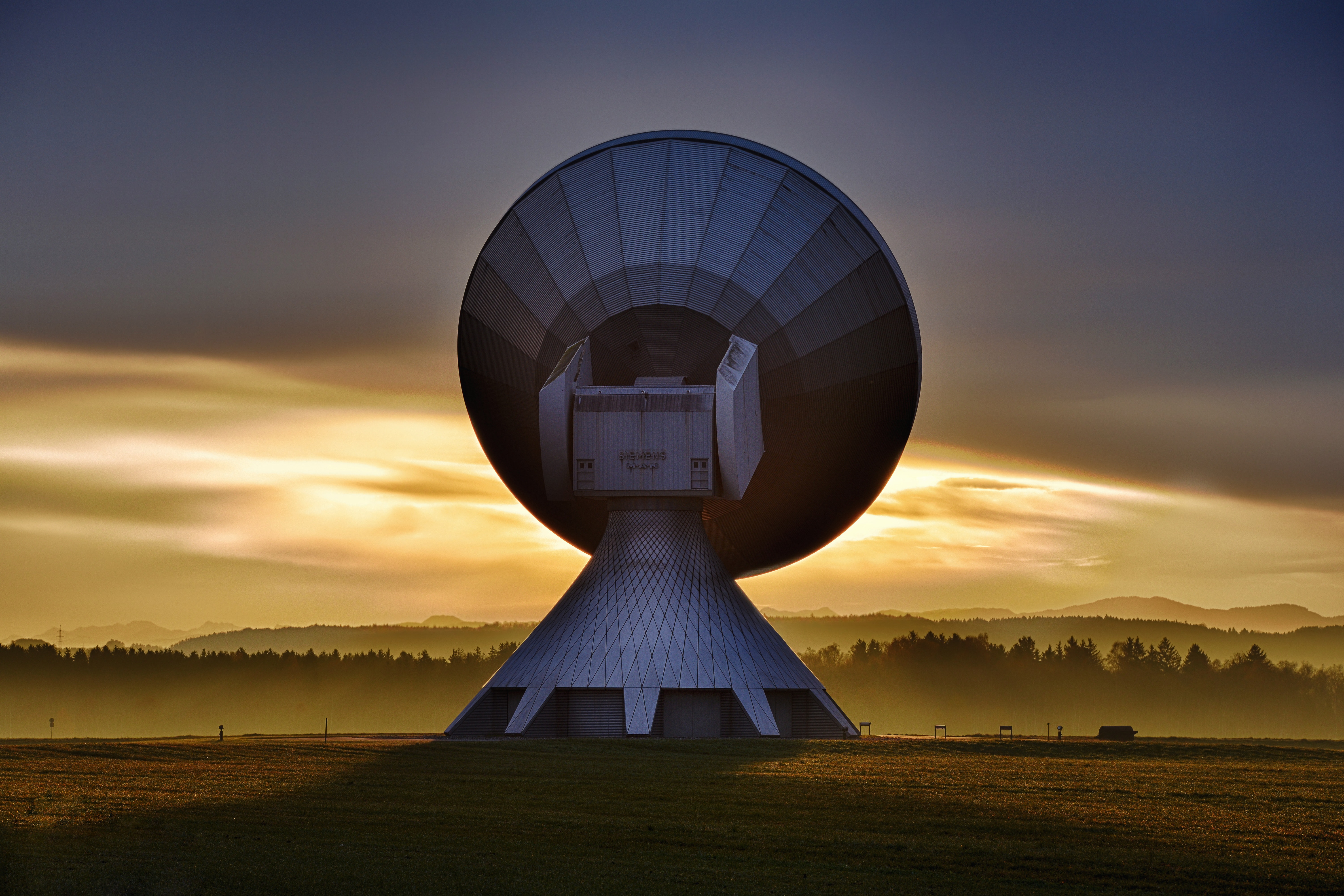After a couple years on Fedora I decided to do one more Distro hop- to one I have little experience with, openSUSE.
But it seems the everything from the installer, philosophy, package manager, configs, and general way of working is just very different than every Distro I’ve tried before (Debian/*Buntu, Fedora, Arch, Gentoo)
Like what’s up with YaST? It’s like a system-wide settings/configs program plus a package manager front end unique to openSUSE?
And to update grub it seems the best command is “update-bootloader” - for example. This isn’t standard on anything else afaik. Is there anywhere other than practice I can learn all of these quirks?
Most modern distros are either new distro trying to have more modern sensibilities, distros based off of Debian, Arch, or Fedora, or occasionally original things that are okay with being superficially similar to one of those while doing things differently at lower levels. OpenSUSE is one of the few remaining distros from the olden days that has been independent and doing their own thing for decades without spawning a bunch of forks or dying off. If you want to try something even older and crazier Slackware is sure an experience.
you may not know this, but suse was originally based off of slackware way, way, waaaaay back in the day before changing over to a jurix base.
Slackware’s package manager doesn’t even do dependency resolution. I respect the fact that it’s managed to keep existing this long and that so much of what it did inspired other distros, but I honestly have no idea why anyone would use it in 2023. Imo dependency resolution is the main reason to even have a package manager, without that I might as well install everything by cloning random git repos. If you want packages compiled from source, why not just use Gentoo (or Source Mage? Idk much about it, but I read through their website and it seems neat).
That being said, if anyone uses Slackware, I’d love to know why. It’s survived this long, surely it must be doing something right.
I use Slackware because, in my opinion, it is simple, easy to understand, doesn’t get in your way, and strikes a good balance between being up to date, stable, and bug free. I also have it set up how I like it and don’t feel like installing something else. Honestly, the lack of dependency resolution has really not been a problem. By default, Slackware comes with a lot of libraries, and sbopkg (which builds SlackBuilds from slackbuilds.org) can do dependency resolution, as can some third party package managers. And with appimages and flatpacks, this is less and less of a problem.
That said, I use Manjaro on my Pinebook and am perfectly happy with it, and I’ve used Debian in the past too.
<rant> I use RHEL at work and it’s not bad, but I don’t really care for it. It feels overly complicated in terms of configuration and daemons running, and I don’t know systemd that well. Although I think this is mostly the fault of our satellite server, “dnf update” breaks on me at least once a month. Also, some packages are just plain archaic, and didn’t even update from RHEL 7 to 8. And I can’t seem to wrap my head around source rpms or how to make rpms. Slackware and Manjaro use straightforward build scripts. </rant>
Off topic, but how do you like the pine book? I have been on the fence for a while now!
Overall, pretty good considering it’s low price. It is a bit quirky, kind of like running Linux on a laptop 15+ years ago. Hardware support is somewhat lacking because it’s all pretty new. That said, the default Manjaro that ships with it works pretty well out of the box. It struggles a bit with video conferencing, in my case, roll20. It can play Minetest and Supertuxkart on minimum settings.
The Slackware community has produced about 8 package manager front-ends that handle dependency resolution, so it’s not an issue at all and hasn’t been for over a decade. The big thing with Slackware is an emphasis on simplicity of design over ease of use and an expectation that the user will make all the decisions regarding how their system is maintained. I love it, use it on my main machine (Void on my laptop, Ubuntu on my server). It’s taught me a lot about operating systems in general and Linux in particular, and it lets me do whatever I like. I use sbotools and flatpak for my 3rd party software, the former being a ports-like interface to slackbuilds.org (like the AUR for Slackware, but far smaller and with a lot more quality control). Works great, no surprises, boots fast, rock solid and dependable.
It’s completely surprise free. You’re not going to wake up tomorrow and find it’s dumped Systemd and Wayland on your front porch like some unsokicited car wreck.
I use it because 22 years ago it was more appealing than redhat or Mandrake. It forced me to learn more about Linux because I had to resolve almost everything myself than any other distro. I was using before it had a package manager and honestly after the dependency hell of rpms in 2000s it just seemed more problematic to use one that resolved dependencies than not. Usually I used to and sometimes still use it for a nice base to compile everything on. I dunno. It’s my Linux equivalent to my first car that I loved.
It’s a wonderful distro that will teach you a lot about how Linux works. It’s weird, and beautiful and you might brick your system or an essential component (why the heck would I need groff?), but you’ll come out the other side knowing more and appreciating how things work and how easy they’ve become.
Why? Because it works and is reliable. I’ve been using Opensuse now for ten years on a server and it updated through all the releases over the years without problems. The machine is getting retired now, though. But the replacement will get Leap again for sure.
Well I’m sticking with it for a while at least. Usually I don’t need to Google much to get a Distro going but for once in a long while a lot of things feel new. And that’s always been fun.
Maybe eventually I’ll get my servers switched from Debian if I get used to it
My Leap hasn’t been running for so long but knowing it will be supported for a long time and just having one yast command to make weekly automatic patches is just a nice feeling. The only problem I had is that python 3.7 is the default which makes some applications harder to run since I have to define python 3.11(also installed) manually but it’s really not that big of a problem.
openSUSE is one of the old desktop oriented distros. I find it somehow similar to the old glorious Mandrake (r.i.p.). Like it it’s a European distro and both of them are relatively KDE centric and so also somehow similar to Windows. So the philosophy behind both of them is to be user friendly in the way you can do relatively much with the central configuration panel.
Man Mandrake brings back some memories. It was my first linux install solely because they had the fastest shipping time for install cd’s and at the time I was on dialup so I couldn’t just download anything I wanted. I ran it for several years and ended up on a few different distro’s and freebsd for a bit.
I too starter with mail-in DVDs and dial-up, but for Debian. Opening the package manager and trying all those cool programs was the bomb.
What do you mean by “a European distro”?
Both have their origin in Europe. openSUSE has its origins in Germany, that’s why it is still very popular there. Mandrake had its roots im France.
I’m more curious of the implications. Is KDE considered more popular in Europe?
I think so. GNOME is more an American thing what you can see from its similarities to the Mac OS desktop layout which is still not that popular in Europe. KDE is also a German project and more similar to the Windows layout. And Windows in the last time often steals ideas from KDE^^
People always say GNOME is more like macOS - but as someone who really likes the macOS UI I really cannot stand GNOME3. I’ve tried but I just can’t do it
But Flatpak is very European. And KDE Kirigami is very Asian. Shall we call it best of world model? 🤭
I always had the impression that OpenSuse and especially KDE is most popular in Germany.
Always has been.
But to be fair, openSUSE was my first linux distro after Windows and YaST had been helpful to me before I learned how to use console commands. And then I switched to another distro.
It’s based on an enterprise Server distribution. This is why it works how it works.
It’s just what you’re used to. To me fedora seems weird and I don’t know why people choose it over opensuse. To me opensuse feels like home.
Also yast is great and I don’t get why more distros don’t have a similar thing.
Well yes and no. Among a variety of seperate Linux Distros, openSUSE is still one of the standouts in how it operates.
https://doc.opensuse.org/ is going to probably be your best bet
Oh hello, 553 page PDF!
Serious PDF for serious Linux. Think I still have my SuSE Linux 8.1 lying around here somewhere
And to update grub it seems the best command is “update-bootloader”
grub2-mkconfigseems to work fine as well. I just installed openSUSE Tumbleweed on a machine yesterday and used that to add some kernel arguments. I was not aware ofupdate-bootloaderat all.Like what’s up with YaST?
Yeah, it’s like an all-in-one launchpad for managing the system. I haven’t used it much because I prefer using the terminal for most things, but it seems to work fine when I used it a bit (installing some repos and Nvidia drivers).
I installed SUSE after over 20 years and so far it’s been quite a good experience. Very similar to the Fedora experience I would say, in the sense that you need to jump through some hoops to get Nvidia / non-free codecs and then after that it’s smooth sailing. Let’s see how it holds up in the longer term for me.
I prefer using the terminal
Ha, you can just start yast2 in a terminal and get a fancy ncurses ui!
I see. This is good to know, thanks. I am still getting used to openSUSE and quite liking it so far. Barring any drama that happens down the road, I think this is my Fedora-replacement now. I still prefer Debian Stable + Flatpak + Distrobox on most of my machines though.
I must admit I’ve mostly been an Ubuntu user since about 2007. But switching to Tumbleweed was like a breath of fresh air. A lot of the things were different, but accumulated experience over years allowed me to feel at home. I used YaST once or twice, you don’t need it at all.
I’ve actually come full circle (as of yesterday) back to SUSE. I began using Linux around 2002. My first two distros were discovered out of frustration with my horrible Windows XP upgrade experience. Long story short, my first experience with Linux was Red Hat (probably 2.*) and SUSE Linux (both purchased in boxes). Since then I’ve used Ubuntu, Debian, Fedora, Arch, Mandrake (memories), and just about every flavor in between. I’ve never messed with Gentoo or Slackware, but I’ve been around. That said, I’m currently finding my return to openSUSE to be a breath of fresh air. I may have rediscovered my new OS home (at least for a while). It’s definitely different, but give it time, I suppose. It may grow on you… or maybe not.
You could read the docs.












